Hofstra’s administration prides itself on the optics of a diverse international student population, emphasizing it on admissions flyers and at student orientations. Hofstra’s website notes that over 70 countries are represented by the university’s student body. International students, though, are more than statistical brownie points. Upon arriving to the United States, most international students experience feelings of intense homesickness coupled with fear of the unknown. They’ve been uprooted from all domains of familiarity, with their languages, festivals, streets and homes hundreds to thousands of miles away. Hofstra can’t take these emotions away, but it can help facilitate these transitions by connecting international students to a resource cherished universally: familiar food.
The Hofstra shuttle operates a shopping and entertainment route each weekend. Shuttles depart from campus around once an hour and drive by Stop & Shop, Roosevelt Field Mall, Westbury Gallery, Target and Raceway Theater. Notably, the stores the shuttle visits are American chain stores selling predominantly American produce, poultry and packaged goods. The little global foods these stores carry are also often adapted to cater to the white palette, given the corporate executives and consumers behind these stores are almost overwhelmingly white. Racially aligned income inequality in New York State also plays a significant role in perpetuating this dynamic, leaving many New Yorkers of color unable to afford to purchase groceries at establishments like Stop & Shop. This problem is exacerbated in the case of college students, many of whom lack a stable income and are forced to opt for on-campus dining options, which offer food that is once again predominantly white.
International students at Hofstra sit at the intersection between these difficulties, overwhelmed by the process of student employment and unable to find the meals they crave. Most miss the rich, authentic flavors of home, often having no choice but to resort to on-campus food, which – despite having diversified in options over the past years – still approaches global cuisines from an American standpoint, such as in the case of the Student Center’s inauthentic General Tso’s or orange chicken dishes, which are far cries from real Chinese food. From Brazilian bacalhau to Nigerian jollof rice, Hofstra has often repeated a pattern of culinary misrepresentation which, among many other reasons, has compounded the constant homesickness international students regularly face.
While it isn’t practical to expect Hofstra’s dining services to cook proper dishes from several dozens of cultures, the Hofstra administration can and must work to ensure students are able to access foods from their cultures through other means. South Asian grocery stores Apna Bazaar and Patel Brothers are around 20 minutes away from campus. JNJ Caribbean Food and Sam’s Caribbean Marketplace, two Afro-Caribbean grocery stores, are situated within just fifteen minutes of campus, as is a branch of the Korean supermarket chain H-Mart. Chinese grocery store V&C Foods and Mexican market Malinche are less than ten minutes away. These locations are all closer to campus than the Mineola train station, which Hofstra regularly operates a 30-minute long shuttle to regularly on weekdays.
Opportunities to visit these markets benefit not just students, but also the markets themselves, which commonly undergo complicated paperwork processes and racist microaggressions in registering their businesses. Many of these stores, nestled within plazas or modest street corners, are owned and operated by recently immigrated families, for whom low foot traffic can have a significant impact on their livelihoods. While corporations like Target and Stop & Shop generate enough national net profits to be able to afford slow business for prolonged periods of time, local ethnic markets without stockholders or online presences tend to suffer – particularly in the wake of the COVID-19 pandemic, which has fueled Sinophobic and otherwise bigoted misconceptions in the United States about non-Western foods. A transportation relationship with a large university like Hofstra would strengthen these markets and, in turn, strengthen the communities which depend on them.
Given the proximity of these markets to Hofstra’s campus, the decision not to operate shuttles to them seems like part of Hofstra’s deliberate strategy to present an elitist view of the world to its community. Despite being located in Hempstead, one of Long Island’s most culturally diverse neighborhoods, Hofstra has long since distanced itself from the village, focusing its programs and marketing instead on the comparatively far-flung Manhattan and neighboring Garden City. The welcoming of communities of color as statistical fodder while marginalizing the thriving communities they have fostered demonstrates how disingenuous and opportunistic Hofstra’s administrational efforts toward diversity truly are. Ethnic food stores are very much an integral part of the ways in which communities of color function. Students, international or not, deserve to access them.


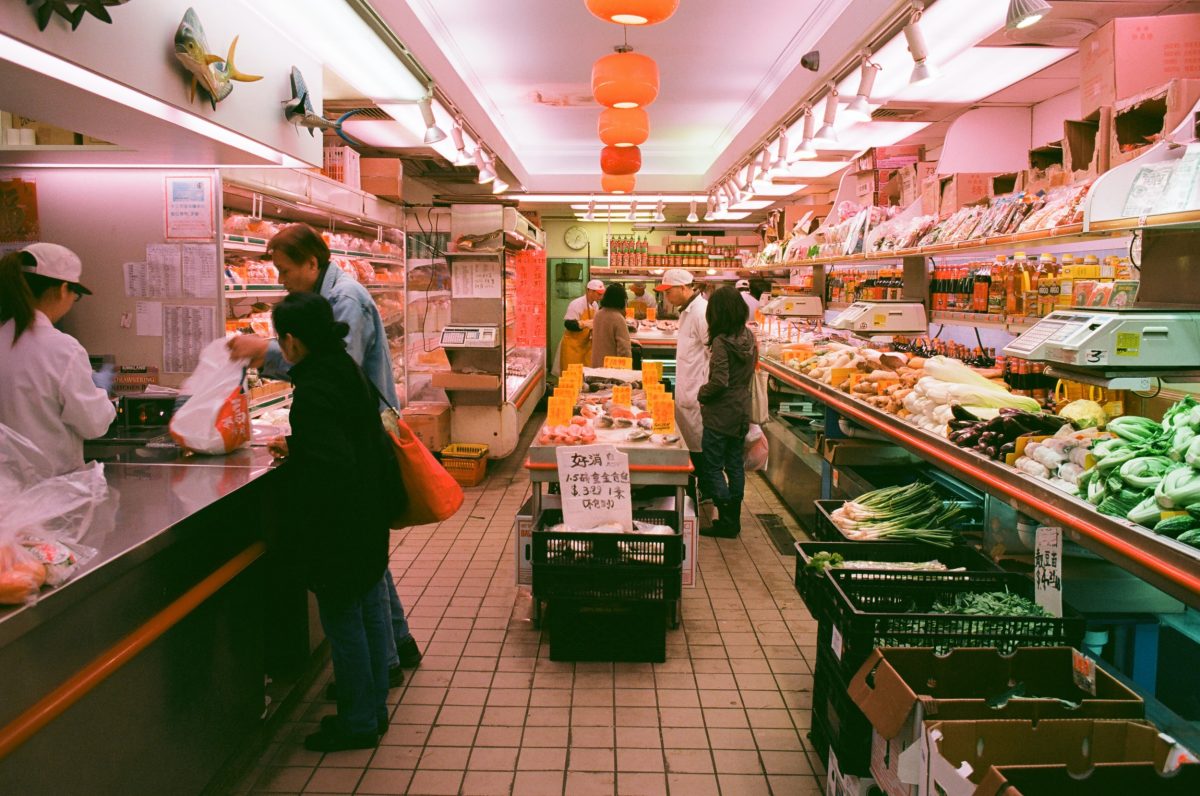

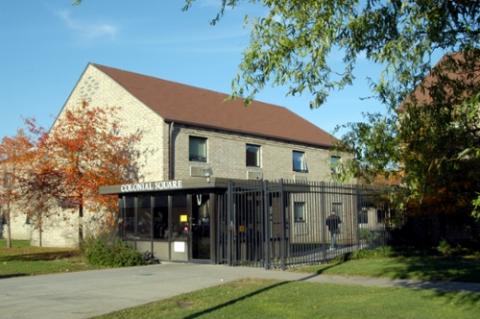
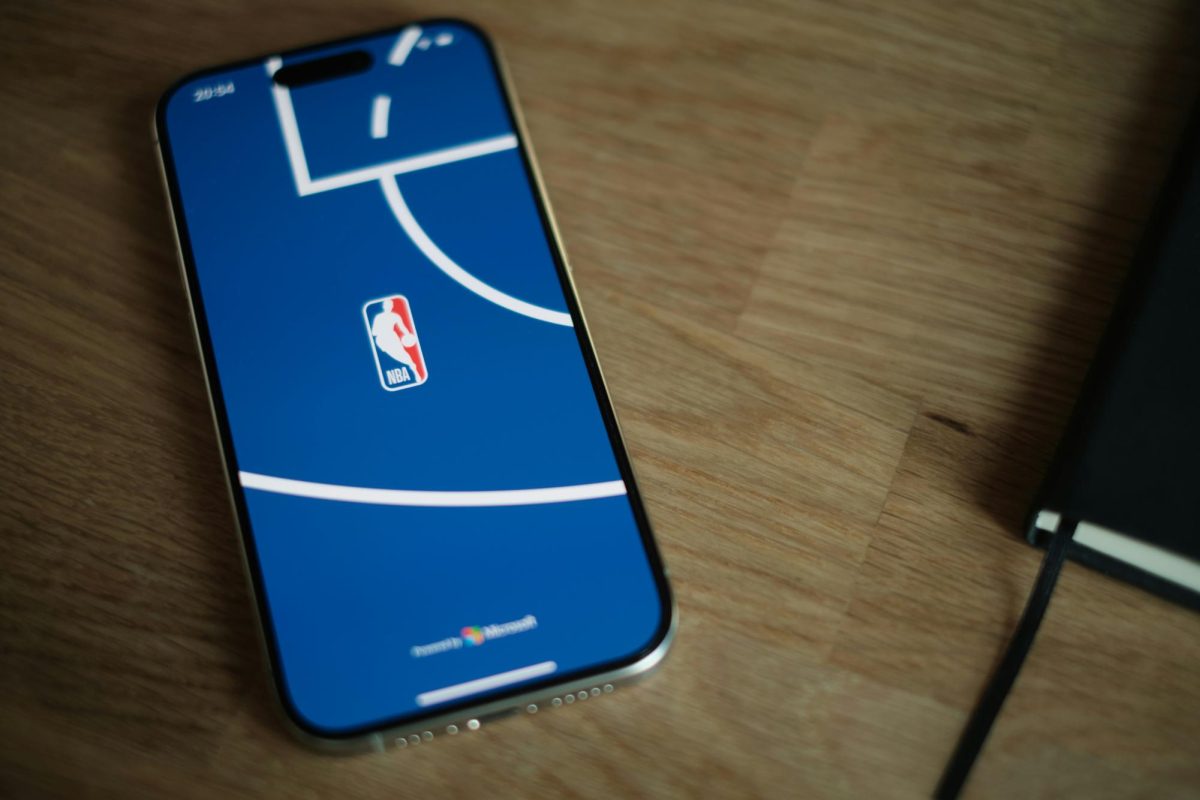
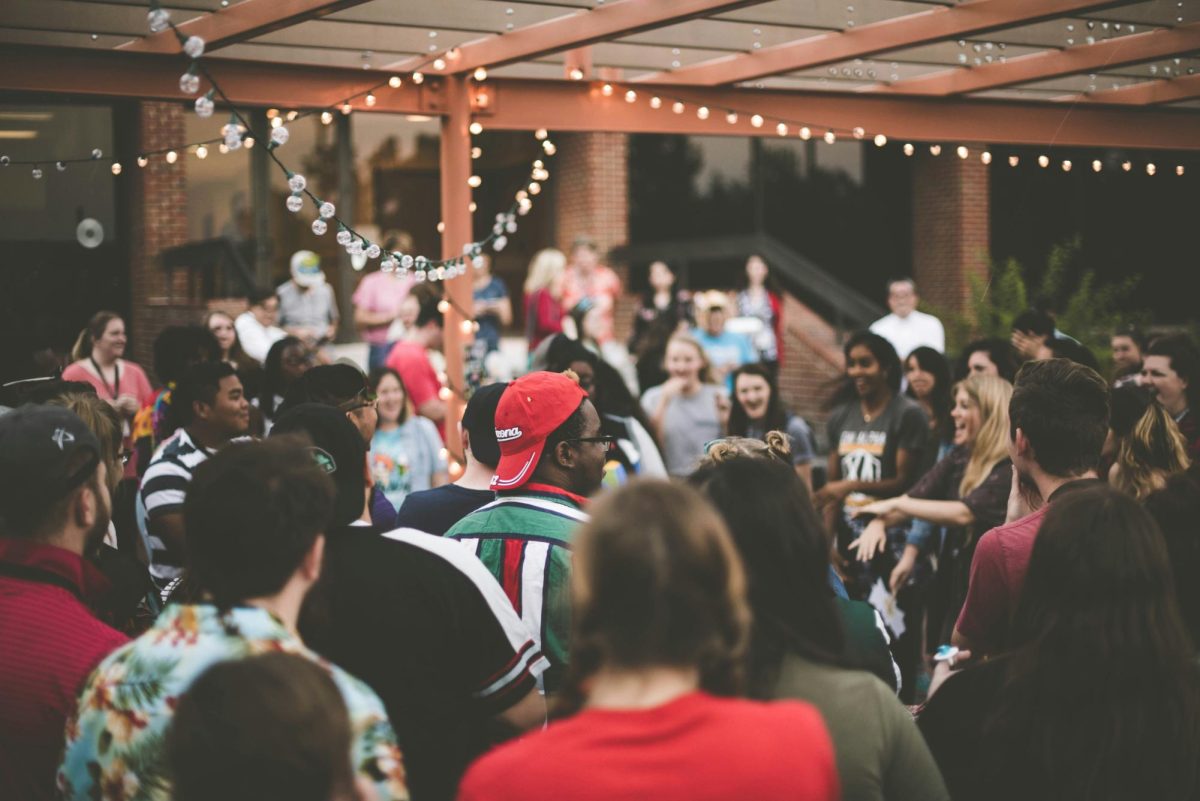

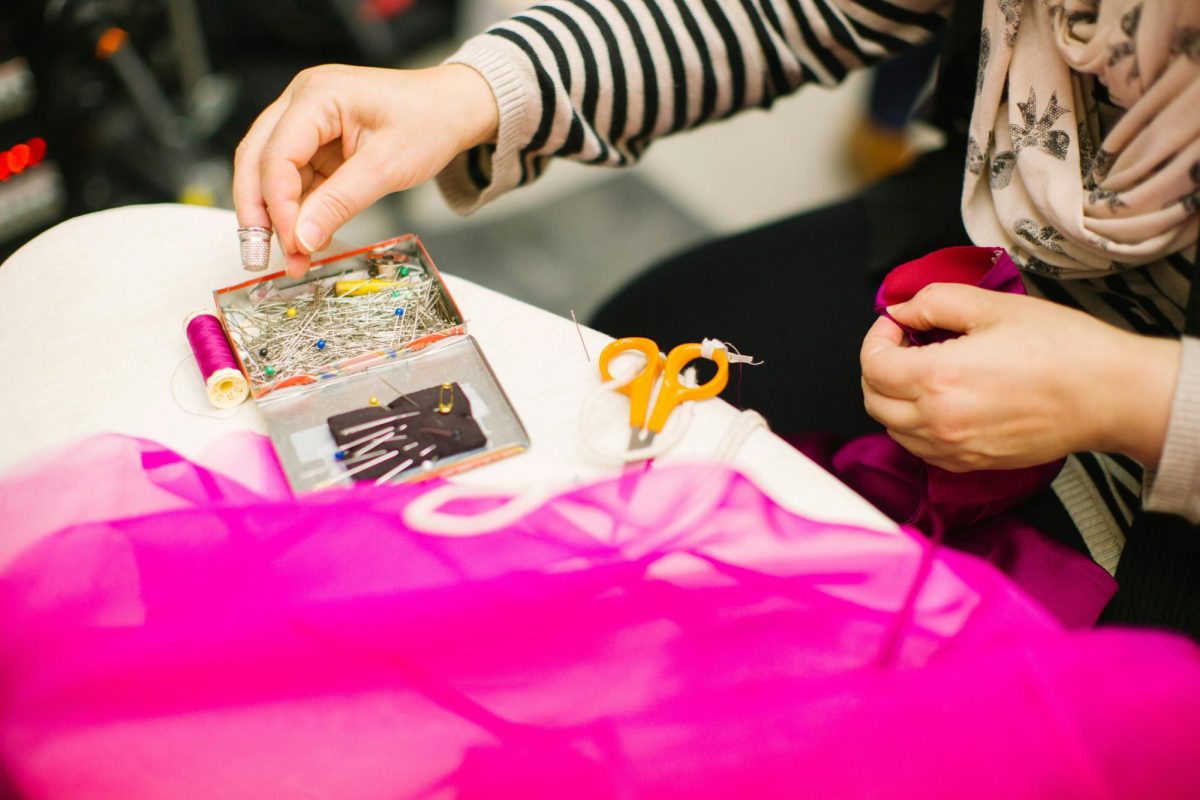
Samscaribbean@hotmail.com • Nov 21, 2020 at 7:39 am
Visvajit, thank you for mentioning Sam’s Caribbean Marketplace, a family-run local business, since 1993. We at Sam’s would be honored to have the Hofstra Shuttle visit our Caribbean market on a regular basis. In fact, we would be delight to offer visiting students a generous discount to assist them in purchasing out authentic Caribbean dishes and groceries.
Shuttle management or any interested student organization may contact me by telephone: 516-481-6602; email: team@sams247.com; Facebook.com/sams247; or visit Sam’s at 225 Hempstead Turnpike, West Hempstead, NY, 11552.
Andrew Morris, CEO
Sam’s Caribbean Marketplace, Inc.